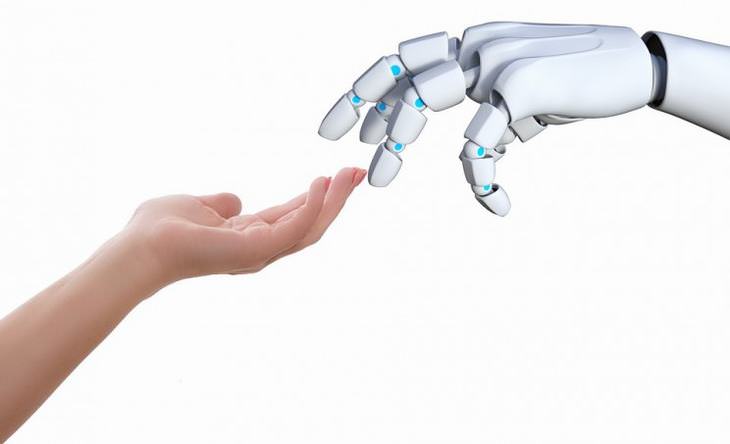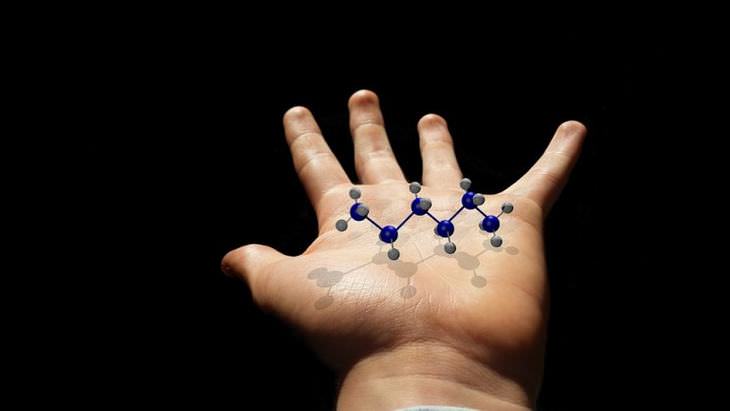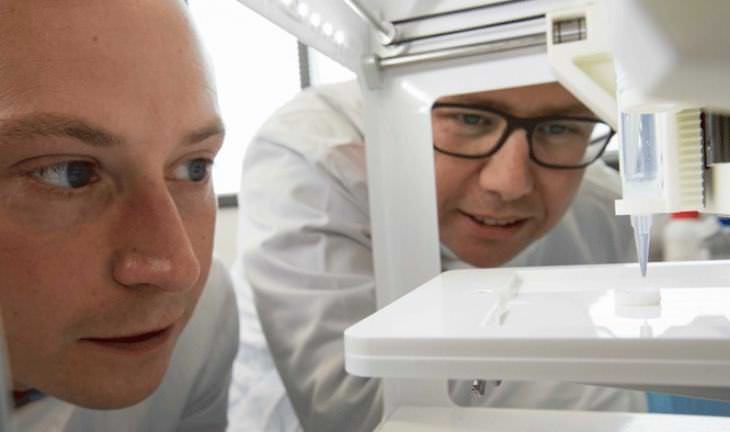Medical and technological advancements have led to dramatic increases in the average human lifespan over the past century or so. These advancements have led to many questioning whether humanity could actually achieve immortality, but there are some major stumbling blocks that need to be overcome first.
There are various factors that cause aging, namely telomere shortening, chronological aging, oxidative stress, and glycation. These factors need to be reduced, stopped or eliminated completely if we’re ever to live forever. Here are 11 potential technologies that could allow us to achieve immortality:
1. Regenerative blood transfusions
Scientists have identified a protein in young mice called GDF11. Although it’s very common in their blood, it’s much scarcer in older mice. The GDF11 protein has been shown to increase skeletal muscle and heart strength. As a result, scientists are now trying to figure out if the protein can be replicated and combined with synthesized blood in order for it to be used in regenerative blood transfusions that could potentially increase lifespan by 10 or 20 years.
2. Longevity pills
Work is ongoing on a pill that triggers an anti-aging enzyme in the human body named Sirtuin 1, which could extend human lifespan by up to 15%. A company named Elysium has already developed such a pill, which is thought to slow down the aging process. It represents the culmination of 25 years of research and now has now entered the human trials phase. It might be on pharmacists’ shelves sooner than anyone imagined.
3. Nanotechnology to fight cancer and repair damaged cells
Nanotechnology is an incredible field of research that has the potential to revolutionize the medical industry, among many others. Self-replicating nanorobots (or nanobots) have the potential to attack cancers cells in order to destroy them and perform repairs to the human body at the cellular level.
4. Longevity gene identification and introduction
A centenarian study comprising two groups of centenarians, one containing 152 Spaniards and another containing 742 Japanese, managed to definitively identify several gene variations that were common to both groups. The effect of longevity genes has also been observed in gene therapy studies on yeast, which showed that it might be possible to increase lifespan by 25% using this technique.
5. Immortality through gene therapy
Telomerase is basically a ribonucleoprotein that allows DNA to continue to express itself in the human body in spite of the aging process. Gene therapy studies have shown that it’s possible to induce human cells to express telomerase, thus slowing down the biological clock. One such study, which is considered to be the “proof of principle” study for life extension through gene therapy, showed that it was possible to extend the lifespans of mice by as much as 25%.
6. Metamaterial bionics
Metamaterial is artificially-engineered material that has properties not usually seen in nature. Such material can be used to create artificial organs and augment existing ones to make people stronger and live longer than ever before. In fact, research into using these materials to replace defective human cochleas is already underway.
7. Robotic avatars for cybernetic immortality
There’s a growing consensus in the scientific community that it will be possible to save and upload copies of ourselves to be stored online in the near future. These virtual copies could then be installed into robotic bodies, or avatars, thus enabling us to live forever.
8. Molecular manipulation
Researchers managed to extend the lifespan of some worms by manipulating molecules that affect insulin and other nutrient signals. Should this be replicated in humans, it might just be possible to extend human lifespan up to 500 years.
9. Suspended animation
A staple of science fiction films for many years, suspended animation could be a viable way of extending human life in the future. The process is actually called induced hypothermia, and it’s essentially the ability to freeze and revive people. As you can imagine, this process still needs to be perfect, because it can actually kill someone if the timing isn’t done correctly. Perfecting suspended animation could mean that humans could be put into hibernation forever.
10. 3D printing of organs
There’s no denying that 3D printing is developing incredibly fast, to the point where it will soon become viable to print replacement organs and body parts. A UK team, for instance, has successfully printed replacement corneas. It now remains to be seen whether 3D printing could be extended to fat and collagen so that human hearts can be made.
11. Organ cloning
Although cloning isn’t a new technology, creating body parts using the technique isn’t the easiest thing, however, scientists have managed to clone ears, bone, and skin. They’re now working on perfecting growing more complex organs such as a human heart.










